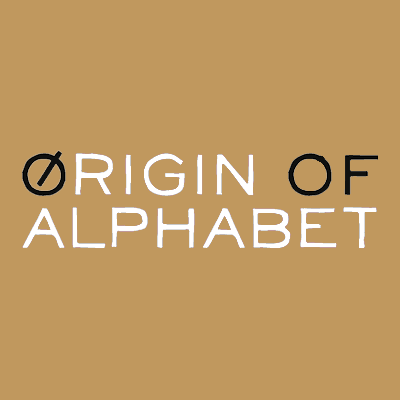Now we know why they have to be funny…
Clowns have breasts but no milk
by Jennifer Ball
| 笨 | 笑 | 哭 | |
| Meaning: | foolish | laugh | cry |
| Characteristics | crinkly eyes, funny face | crinkly eyes, open mouth | open eyes, teardrop, open mouth |
笨 = stupid; foolish; silly; slow-witted; clumsy
ben4
笑 = laugh, smile
xiao4
哭 = to cry, to weep
ku4
Can you see the relationship of the above words? They are a kind of face.
本 = roots or stems of plants; origin; source; this; the current; root; foundation; basis; (a measure word)
ben3
The cause of laughter is generally foolishness (note that the 本 ben3 character at the root of 笨 ben4). From years of doing theater, I have discovered that the underpinnings of comedy are people falling down and men in women’s clothing: both of these describe young children. Children were the world’s first clowns. This can be seen in Chinese:
丑 = clown
chou3
妞 = little girl
niu1
母 = mother
mu3
Structurally, these three characters resemble each other. They seem to represent breasts (this is acknowledged by the “experts” in the case of 母 mu3 “mother,” and one can perceive dots of “fluid” inside the shapes representing breasts for the word “mother”). Just like a man in woman’s clothing is funny, a man with breasts and no milk in them is a clown, and this is clear by comparing the three similar characters:
| 丑 | 妞 | 母 |
| (no milk) | (no milk) | (milk) |
女 +丑= 妞
Note that “female” + “clown” = “little girl”—this is because only a little girl would have breasts and no fluid. Anyone else with breasts and no fluid is a clown. At least according to written Chinese.
Chinese characters and definitions from:
